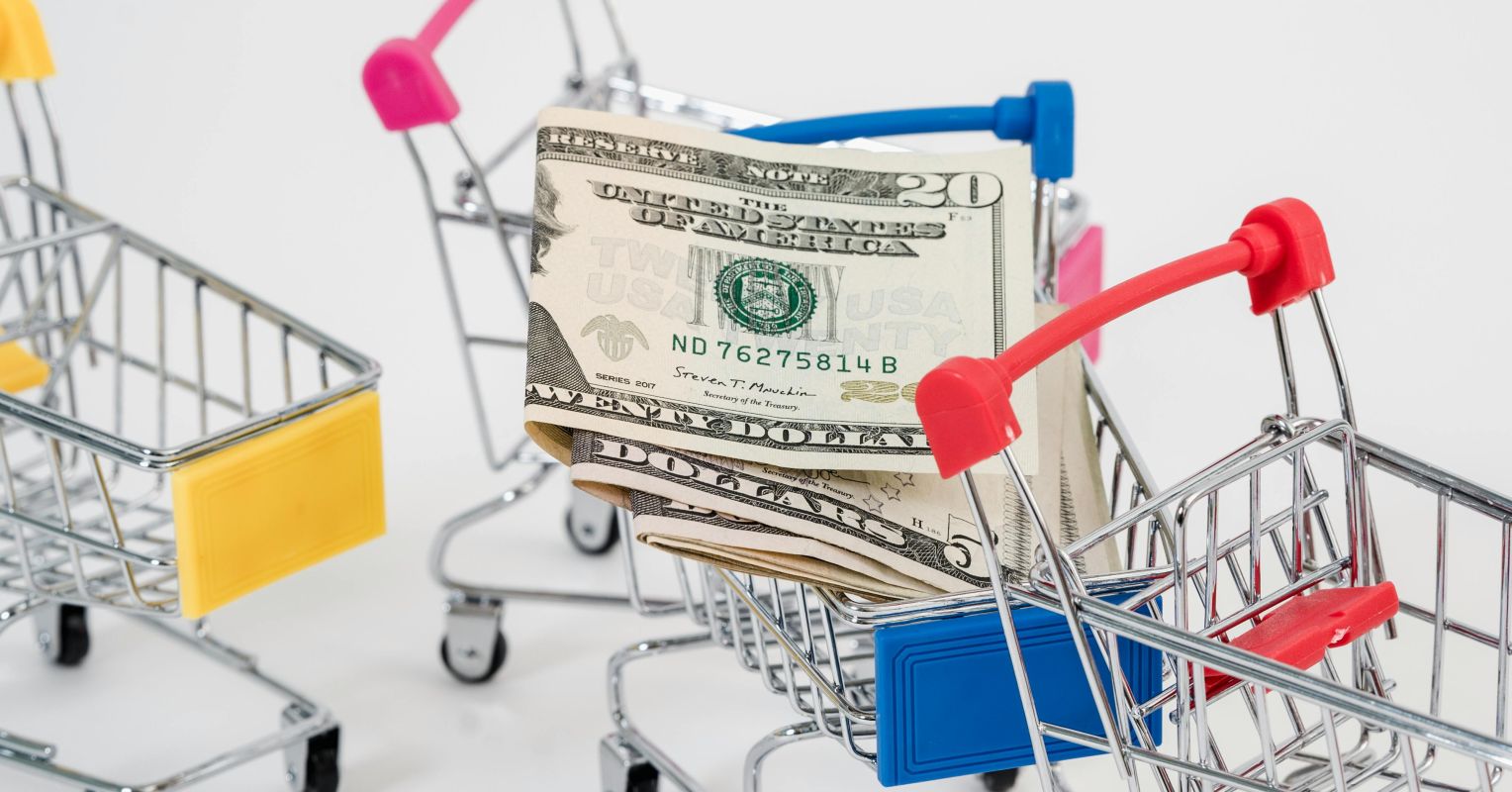
"Last night I was at Trader Joe's reaching for extra virgin olive oil when I found, for the first time since discovering EVOO, that every bottle was now squarely priced in the double digits. Things didn't get much better when I stocked up later on all my favorite Reese's peanut butter chocolates in honor of Halloween, whose prices continue to creep even as their packaging continues to shrink."
"Things have gotten so out of hand that they've inspired their own TikTok trends. Earlier this year, "No Buy 2025" was blowing up FYPs everywhere after last season's "Rat Boy Summer" and obsession over low taper fades. The days of New Year's Resolutions involving merely more clean eating or rack time at the gym seem quaint by comparison to this new world order, where hordes of Americans are lowkey vowing to not do anything that involves spending money at all."
Consumer trends show a rise in underconsumption movements such as 'No Buy 2025' and Buy Nothing groups, with many participants pledging to avoid purchases across categories. Influencers promoting these movements are overwhelmingly female, mirroring research that women are more sensitive to inflation. Rising grocery prices and shrinking product sizes have intensified budget pressures, especially for households where women handle most grocery shopping. Popular social media trends reflect and amplify these behaviors, as users publicly commit to spending freezes and reduced consumption. Persistent inflation at near 2.9% continues to exert pressure on everyday purchases and household budgeting choices.
Read at Psychology Today
Unable to calculate read time
Collection
[
|
...
]